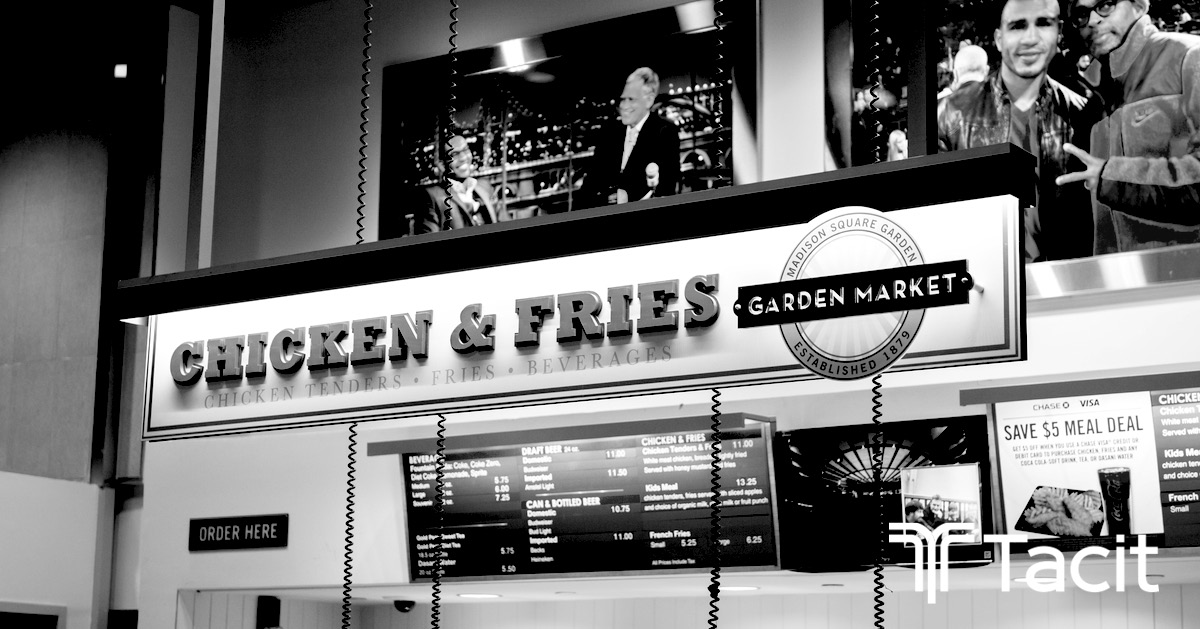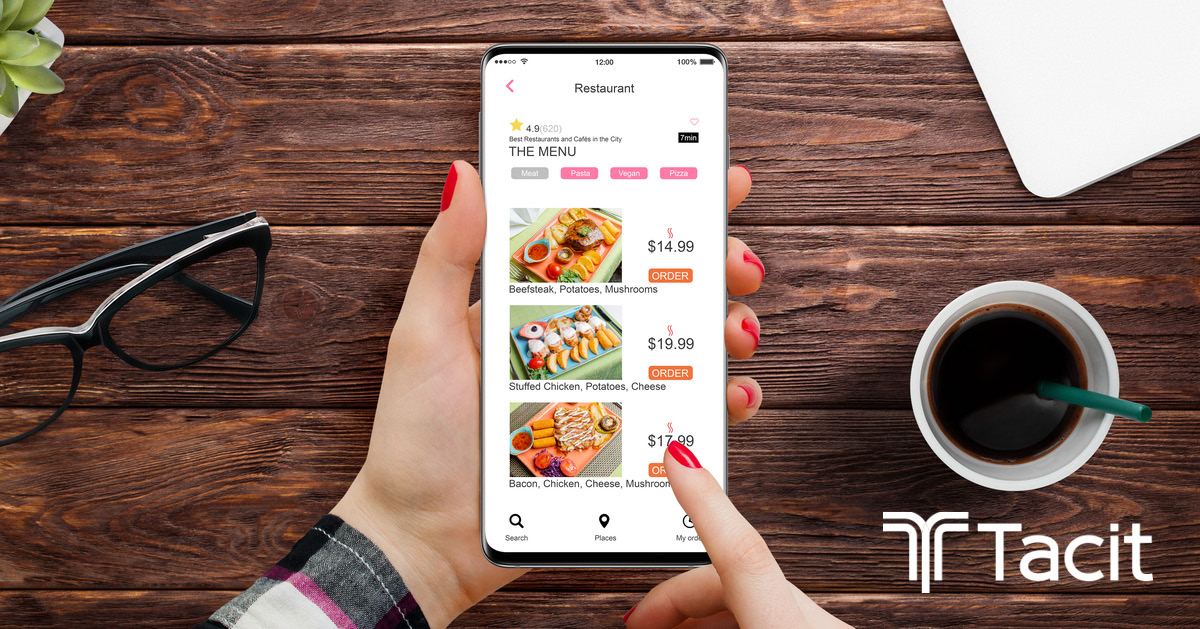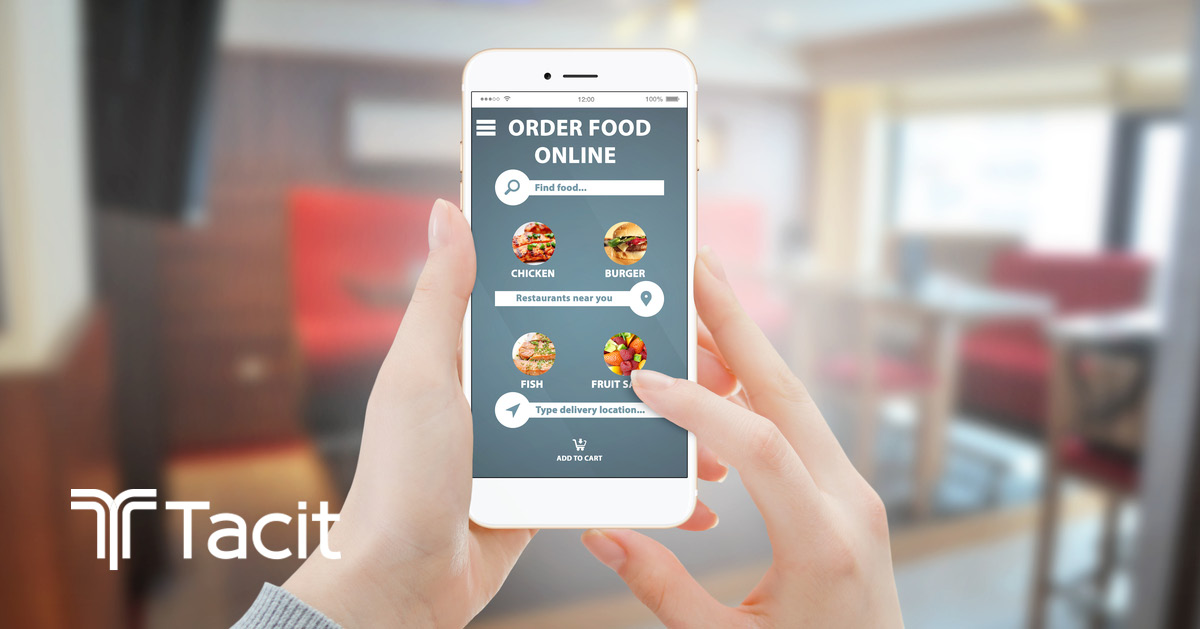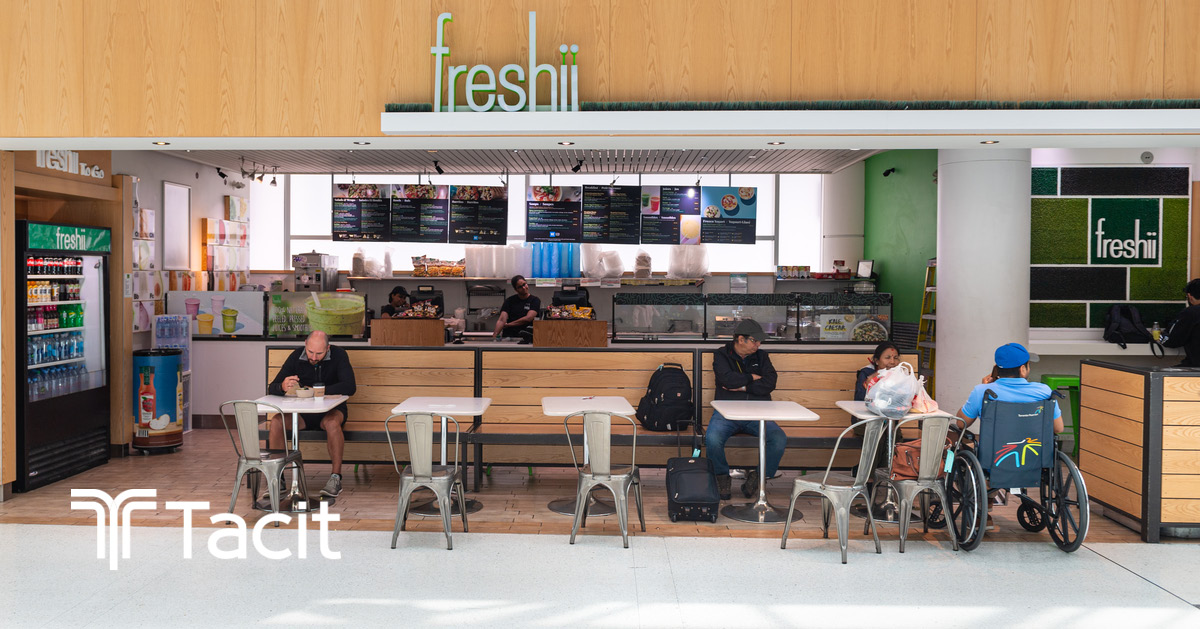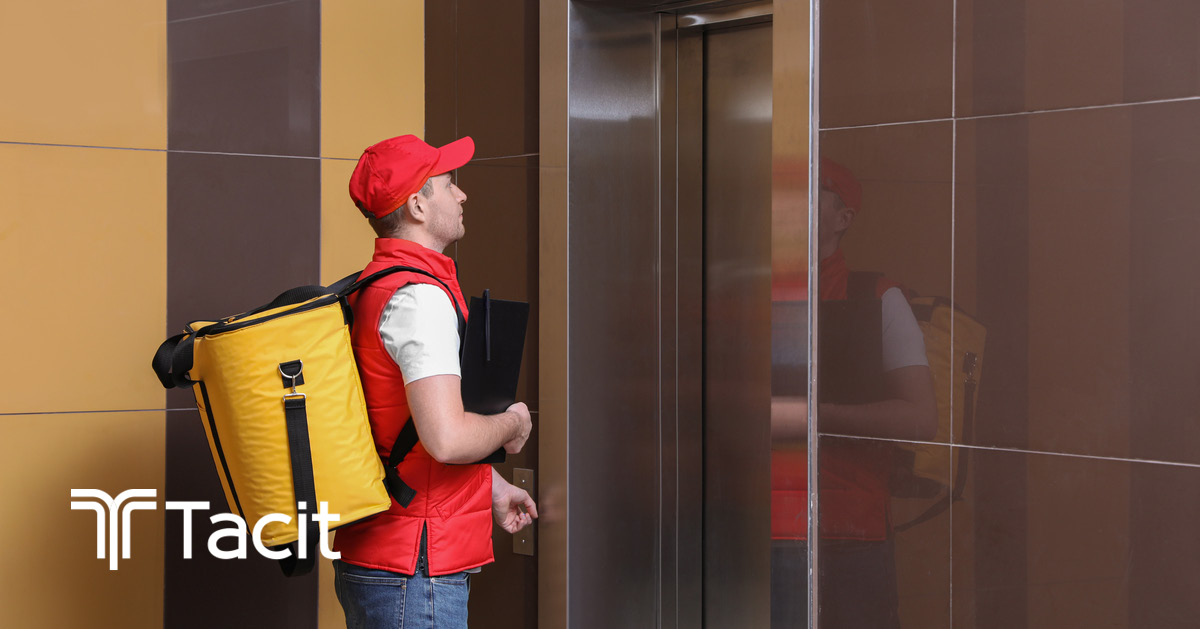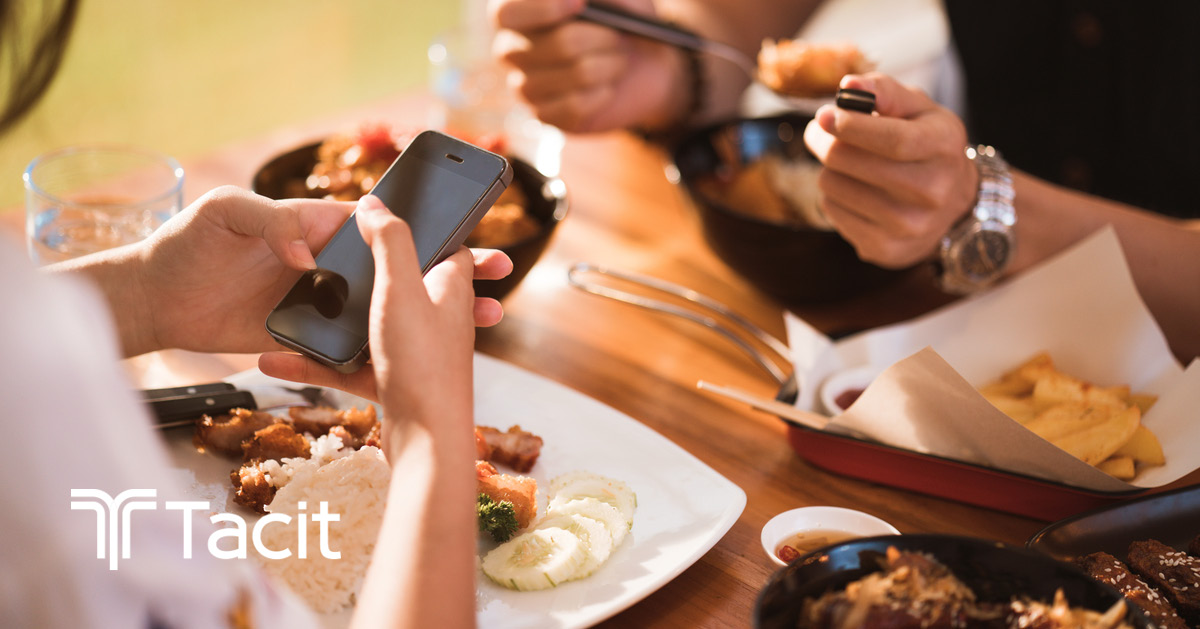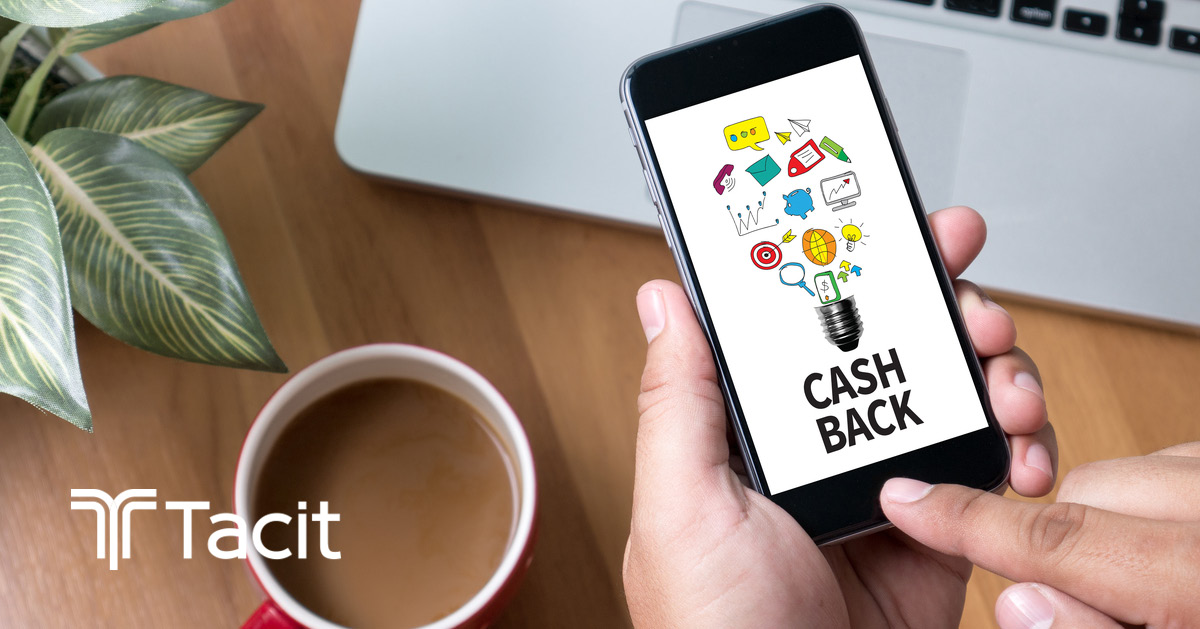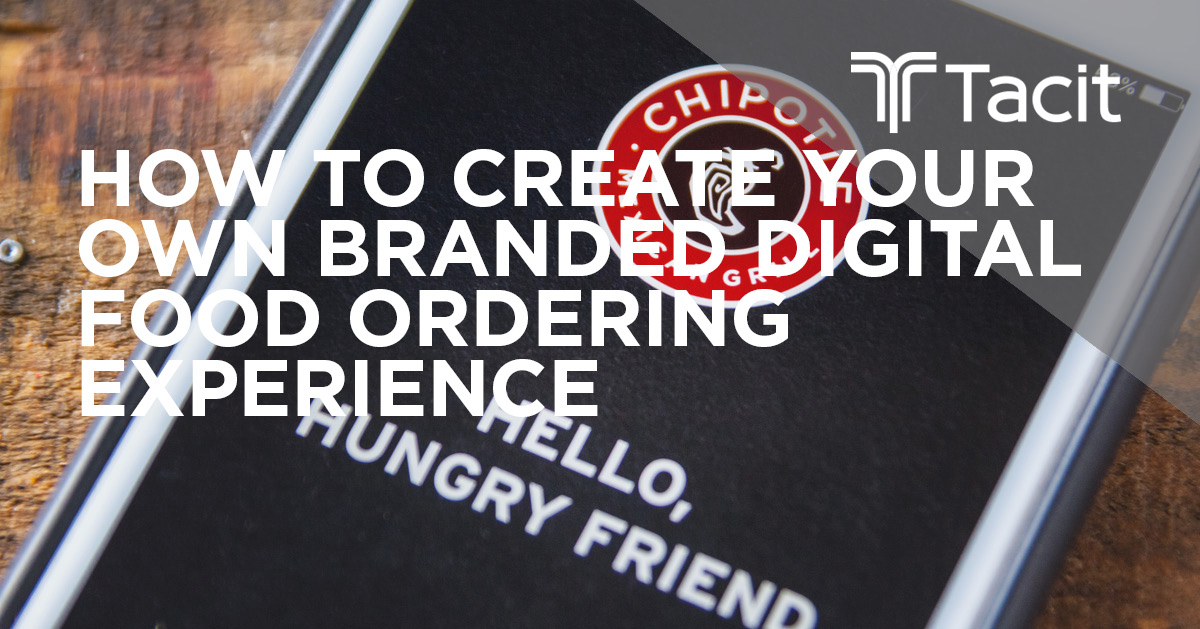02 Sep Digital Food Ordering for Entertainment Venues Make Customers Happy & Improve Experiences
Digital food ordering for entertainment venues is the next big opportunity for easing customer worries and offering a contactless, faster way to get their favorite foods. And that does not end solely at businesses based around restaurant services. Consider this; according to PYMNTS.com, “mobile order-ahead...

